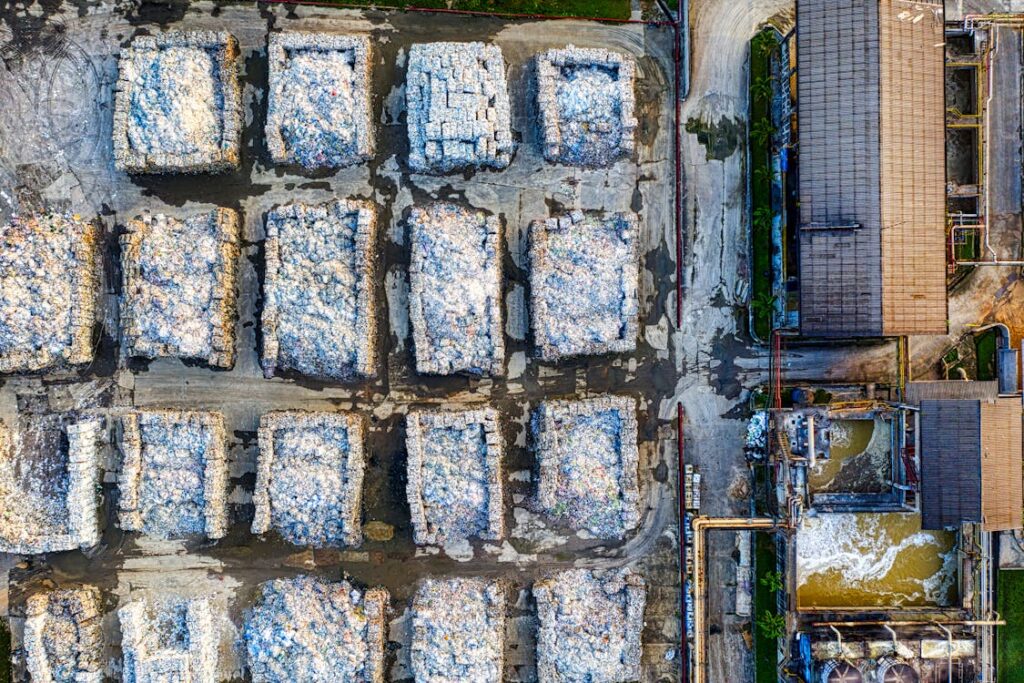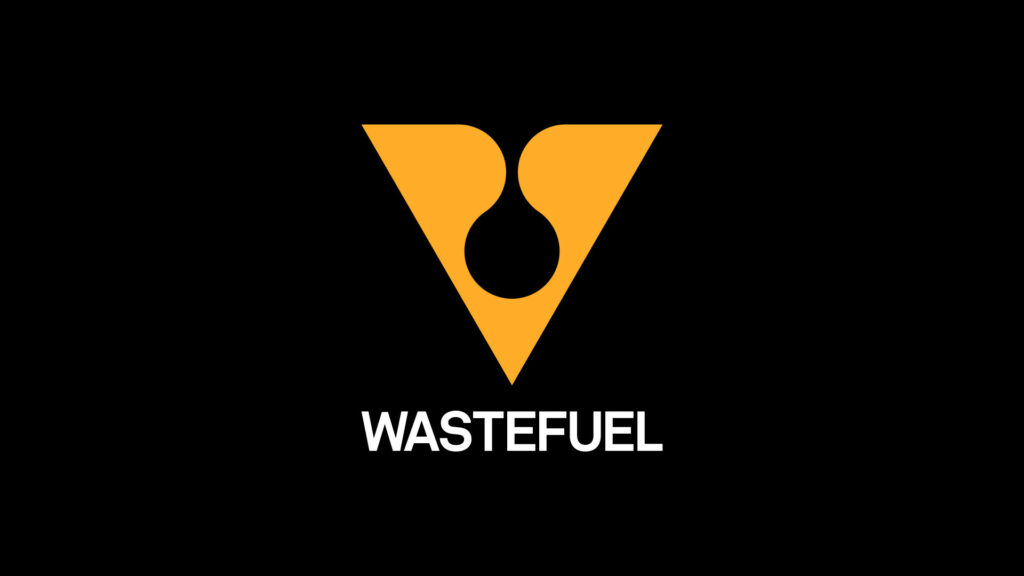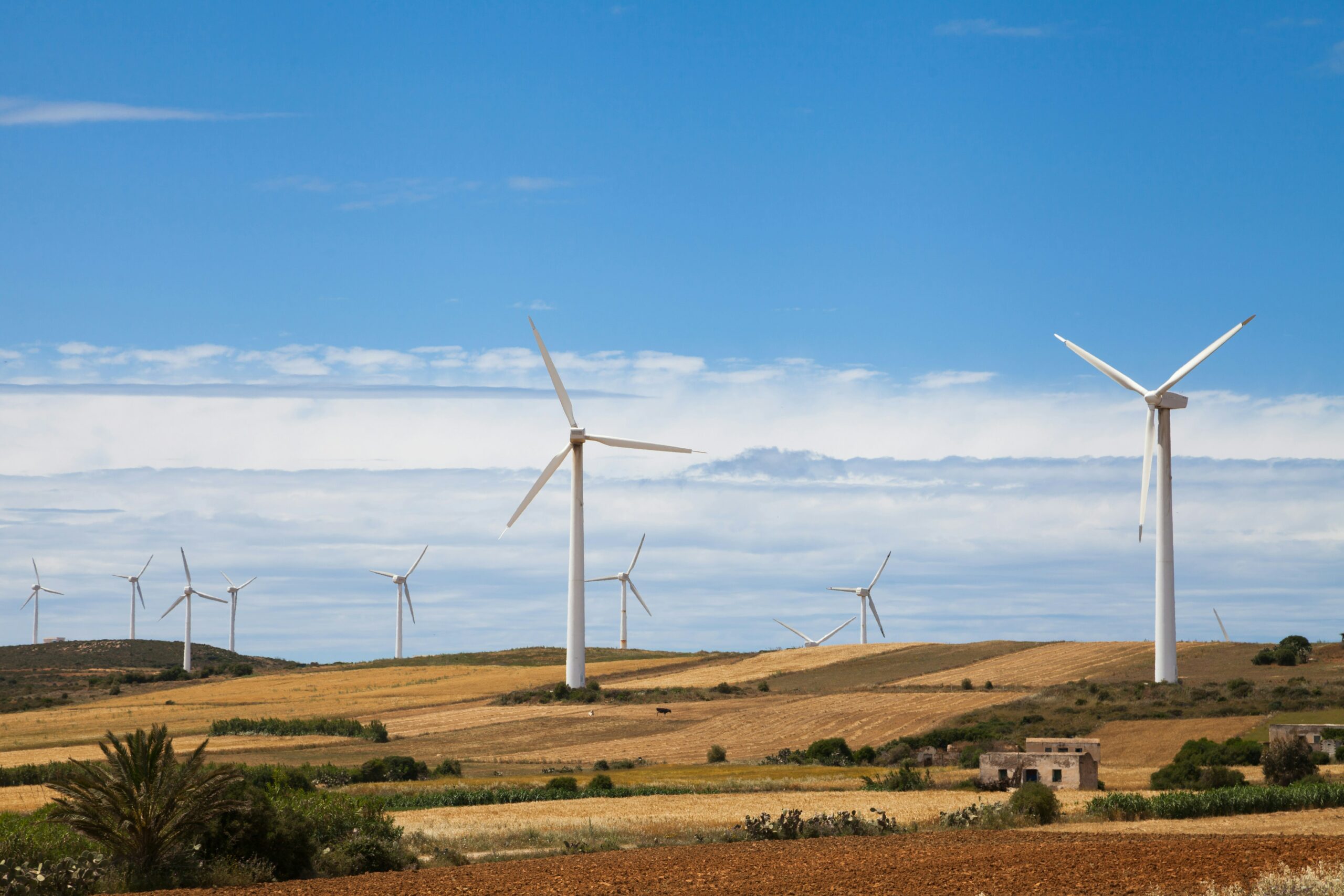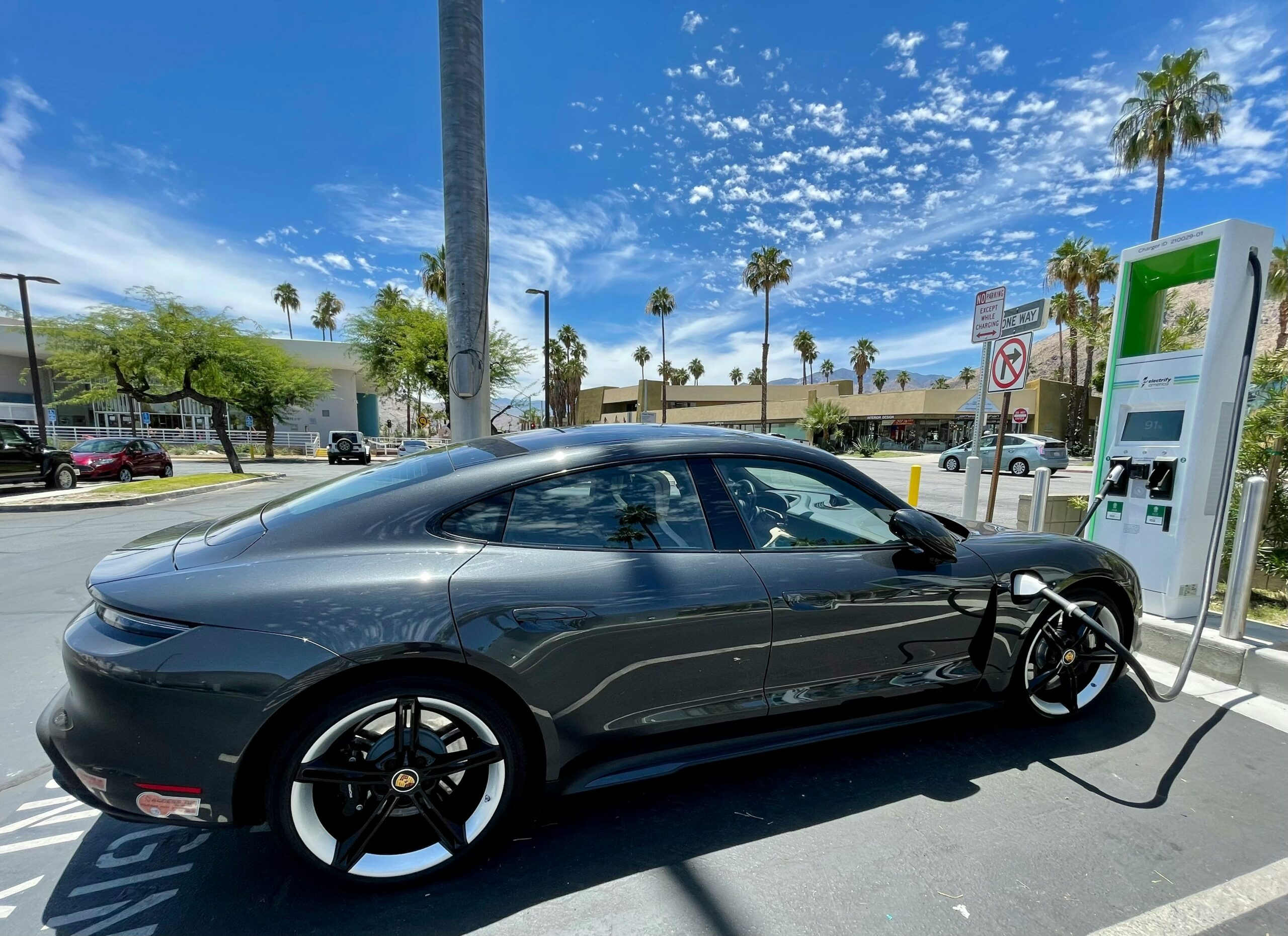Our trash is a treasure for waste-to-energy companies and here’s a look at how they’re turning it into energy.
Waste-to-energy (WtE): A Brief Overview
It’s not just the companies in this article that see the potential of turning waste into energy. Countless established waste treatment companies, such as Veolia or Shanghai Environmental Group, already operate plenty of waste-to-energy (WtE) plants; while it’s not nearly as prolific a sector as other forms of energy generation, the market was still estimated to be worth $35.6 billion in 2022. But that’s not going to cut it for the planet. Waste is already responsible for about 20% of global methane emissions – and the two billions tons of municipal solid waste (MSW) the world produces today is expected to increase by 70% by 2050.
Transforming some of this waste into energy is therefore somewhat of a no-brainer, but not all types of WtE are created equal. The most common waste-to-energy method is incineration: waste is burned, heats water, and the steam spins turbines that generate electricity. It’s simple and gets the job done, but it’s not exactly great for the climate. Each metric ton of MSW releases, take or give, one ton of CO2 when incinerated – and up to one billion tons of the stuff is burned annually across the globe.

But incineration isn’t the only way to deal with a waste. It can also be broken down by bacteria in a process known as anaerobic digestion. Afterwards, you’re left with digestate – a substance high in nutrients that makes a perfect fertilizer – and biogas. This stuff can be burned to keep the site itself running, or converted to electricity by means of a combustion engine, fuel cell, or gas turbine. Alternatively, biogas can be processed further and turned into a biofuel. While incineration, biogas energy, and biofuel still produce CO2, they’re still technically a carbon-neutral form of energy generation since they only re-release the carbon captured by, say, a tree over its lifetime.

Read also: Climate Tech Trends & Innovations
6 Waste-to-Energy Companies to Watch in 2025
1. Reverion

Reverion, a waste-to-end company based in Germany, is taking power generation via biogas to a whole new level. At just seven years old, it’s figured out how to make its power plants up to 80% more efficient than the competition. The plants’ design was inspired by hydrogen fuel cells – because that’s really what they are. When Reverion’s modular power plants run in reverse, the company told Techcrunch, they can siphon excess power from the grid to produce green hydrogen. Run back the right way, and they churn out energy with a roughly 70% decrease in CO2 compared to conventional biogas plants. The remaining CO2 can then be liquified and sequestered, making the plant a method of carbon capture, too. Reverion’s raked in a total of $78.8 million for its efforts.
2. WasteFuel

As you might have guessed by the company’s name, WasteFuel is going the fuel route – specifically methanol, a substance easily synthesized from biogas that’s gaining ground as cheap, green fuel alternative. WasteFuel’s contribution is its WasteFuel Methanol Module, which is designed to process both landfill gas and biogas into green methanol; this stuff, the company claims, will release up to 90% less CO2 and other pollutants than conventional fuel. WasteFuel, founded in 2018 out of the US, has already racked up some high-profile endorsements; it’s partnered with shipping giant Maersk, for example, and received a $10 million investment from BP. So far, WasteFuel’s raised a total of $45.5 million; its next major steps include getting its first biorefinery designed for sustainable aviation fuel (SAF) up and running in the Philippines. Eventually, the company aims to pump out a billion gallons of the stuff per year.
3. Aether

Aether prides itself in its ability to create shipping and aviation fuel from… pretty much anything. Well, at least any material that can be processed into carbon monoxide (CO), CO2, methane (CH4), or liquid hydrogen (H2). That gives this WtE company a range of sources at its disposal, including biogas, captured CO2, and gasified MSW or biomass. Depending on their composition, the feedstocks are processed and transformed into one of three fuels: SAF, sustainable diesel, or sustainable naphtha. What’s more, the company claims its plant – Aether Aurora – is cheaper to install and run than the competition’s. Founded in 2022 out of the US, Aether has racked up $34 million in Series A financing.
4. Wase

Wase, founded in 2017 in the UK, isn’t your average waste-to-energy company. Its most valuable employees? Electro-active bacteria that turn wastewater and leftover biomass into biogas, which is then used for energy. The company’s modular power plants – more specifically, electro-methanogenic reactors – are designed to be the perfect home for these bacteria, as reported by Techcrunch, but they’re not too fussy; as long as they have a small electrical current, they can work with a range of temperatures and acidities. That means Wase’s plants can process a wide range of waste, including wastewater and cow slurry; when the bacteria are finished with it, the resulting biogas is burned then and there to generate energy that powers the site. Its accomplished critters have helped Wase garner $12.9 million in investment.
5. Vertus Energy

Bacteria also play a key role in Vertus’s tech, though it’s a little different; rather than selling brand new anaerobic digestion plants, the company’s flagship product is used to retrofit existing plants and help them along. The tech, a compact unit dubbed BRIO, sits inside a digester and allows it ‘to process three times more waste in the same sized tank.’ The resulting biogas yields 60% more energy from the same pot of waste. The system’s strength is its flexibility; rather than introducing new strains of bacteria, says Vertus, BRIO ‘controls’ existing bacteria specific to the waste it’s in. Aside from BRIO, the company is also developing a carbon conversion system called BODA, which can turn biogas or captured CO2 into biomethane or renewable natural gas (RNG), respectively. Founded in 2021 out of Austria, Vertus has $10.3 million in investments in its pocket.
6. Kvasir Technologies

Shipping churns out a thousand megatons of CO2 per year and the numbers are only going up – but Kvasir might just have cooked up the solution in its labs. This waste-to-energy company, based in Denmark and founded in 2018, has figured out how to turn plant biomass ‘into a 1:1 substitute for fossil marine fuel.’ Its ‘one step process’ of liquefying biomass – primarily agricultural and forestry leftovers – allows it to retain 80% of its energy in the resulting biooil. The stuff can be used as marine fuel as is; the company claims its method is the only process with such high yields that doesn’t compromise on quality, all while remaining CO2 neutral. Later down the road, the oil might be processed further for use as an aviation fuel or a crude oil alternative. So far, Kvasir’s racked up $8.96 million in investments and picked up a joint first prize in 2023’s New Energy Challenge.
Challenges and Opportunities for Waste-to-Energy Companies
Like pretty much every other Greentech company on the planet, companies focused on waste-to-energy will face some all-too-familiar challenges; high upfront costs and lack of existing infrastructure, for example, plague every subsector from renewable energy to battery storage. In addition, the power output from biogas is negligible compared to other renewable sources like wind, which means it’s unlikely to completely take over the world.
But WtE’s companies have some things going for them, too. First off, they’ve got a sizeable addressable market. Companies specializing in energy generation via biomass waste have the agriculture and forestry industries open to them; those focusing on biofuel production can find takers in the shipping and aviation industries. What’s more, everyone’s got waste, so feedstock is in large supply. And even if it doesn’t come close to other renewables, WtE’s got something for everyone; small businesses can save on their energy bills, while large conglomerates can win brownie points with the public for responsibly dealing with their waste or using biofuels.
WtE – both incineration and biomass – is, for the most part, an imperfect solution to a growing problem. Though it ultimately still emits pollutants, it tries to do so in the least harmful way possible; as a report by the University of Birmingham puts it, it’s the lesser of two evils. However, considering that the planet’s trash is predicted to emit up to 31 billion tons of CO2 between 2020 and 2030 – with 27 billion being the limit for net zero by 2050 – we’re still pretty far off. Waste-to-energy companies, like those listed here, are natural innovators; perhaps one of them already has the solution. But so far, today’s efforts are akin to sticking a Band-Aid on an amputation.








